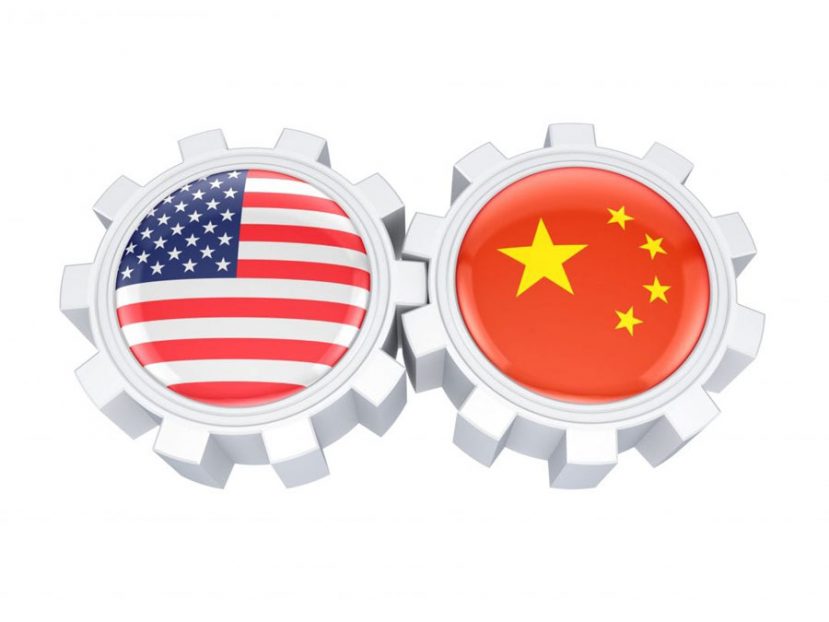YOUR BRAND IN CHINA: Translate, File Early, File Often
Managing an international trademark portfolio can be overwhelming, even for the most sophisticated multi-national company. But, what about the small, start-up company? How does a small company or entrepreneur navigate the international trademark system, especially protecting your brand in China? In Asia, file your trademark through the Madrid Protocol as many attorneys (especially those who do not have a dedicated focus in trademark law) may advise you to do.
Or often, in an effort to save money in the short term, you, the client, will make this choice not realizing the long term ramifications for certain markets like China. While the pros and cons of the Madrid Protocol are not explored here (please see our FAQs for a brief answer), the most important lesson for any trademark owner, regardless of size, is remember to protect your brand in China. Register your trademark early.
If you currently have a U.S. presence and an application pending at or federal registration issued by the U.S. Trademark Office, this advice is for you. If you intend to manufacture products in China, this advice is for you. If you plan to export Chinese manufactured goods from China, and those goods will bear your trademark, this advice is for you.
In this article, we will explore (1) the difference between the U.S. trademark system and China’s trademark system, (2) how the Chinese language often provides an interesting backdrop and challenge for western trademark owners wanting to enter the Chinese market, (3) provide a few brief examples of western companies that did not consider the idiosyncrasies of the Chinese market before adopting their trademark in China; and lastly (4) provide you with some basic tips ensuring a successful trademark strategy in China and abroad.
China is a first to file country
Unlike the United States, where federal registration is not required but confers certain rights to trademark holders, most other countries around the world, including China, are a first to file country. This means the first person or entity to file the trademark is generally granted the trademark registration. There may be exceptions for famous marks (i.e. Coca-Cola), but fame is difficult to prove as it must be proved within the foreign jurisdiction. [For example: HERMES® was unable to prove fame for its well-known trademark in mainland China and ultimately lost registration of its trademark to a Chinese competitor.] The first to file system means there is no protection for unregistered marks like there is in the United States. For this reason, when your trademark attorney asks you if you wish to use your U.S.-based application to claim priority in any foreign countries within the first six months after filing, your answer should always be “Yes!” And China, should be at the top of that list of countries/regions in which you are thinking of filing a national application (even if it is a short list).
Unique aspects of China’s Trademark Laws
Not only is China a first to file country, but also for the foreign company who intends to manufacture trademarked goods in China for export elsewhere, it is well-advised to register the foreign trademark in China. For example, if you are manufacturing WIDGET® brand chairs in China for export to the U.S., and you do not yet own the mark WIDGET® in China, but instead the mark is owned in China by a Chinese entity, that entity may lawfully be able to prohibit the export of all goods marked with the WIDGET® trademark for chairs. The reason is that Chinese law experts agree affixing the mark to the goods for export constitutes trademark use under Chinese laws. This example demonstrates that if you do not register your brand in China, a Chinese company will. And once they do, the few thousand dollars you balked at spending to register your brand in China at the outset will seem like a drop in the bucket when your trademark is being held for ransom in order to lawfully ship your goods out of China.
A single class system
China’s trademark system also has 45 classes (similar to the U.S. which follows the Nice classification system). However, in the U.S. we allow applicants to file a multi-class application. This is not allowed in China. If you want to file for dietary supplements, clothing, and plush toys, for example, in China, you would need to file three separate trademark applications. While this may cost more money, in the long term it is imperative to think strategically about what you how you want to protect your brand in China. For instance, MERCEDES BENZ is registered in China for goods like luggage, kitchen appliances, and clothing, but none of those registrations are owned by Daimler Chrysler. We advise clients to think carefully and strategically about applying for your mark in the clothing class, since many trademarks eventually end up on clothing in China.
A unique language
As I’m sure we are all aware, in China, they do not speak English. In fact, there is no alphabet at all. Instead, the Chinese language is comprised of more than 45,000 characters, of which only a fraction are regularly used. When writing Chinese, the stroke order of the characters influences the meaning of the word, a complication unknown to us who speak, read, and write English. For these reasons, western brand owners are well-advised and strongly encouraged to adapt their brand to the Chinese culture. An English trademark has little to no meaning in China, and the Chinese people will “translate” the brand name to its meaning in Chinese. We counsel our clients to adopt a Chinese character name for themselves. If they don’t, one will surely be created for them, and it may not always be a favorable one.
Famous brand case study in China and other examples
Pfizer’s famous erectile dysfunction drug recently lost its trademark battle in China because it chose a name that had no meaning in the market. A Chinese company choose the name Weige meaning “Great Older Brother” and Pfizer chose the name WAN AIKE® which has no meaning in Chinese and lacks the double entrendre of the Weige mark, which also serves as a homophone for the brand name in the U.S. After a four year battle and hundreds of millions in lost revenue, Pfizer does not own the more successful WEIGE® mark in China. It was unable to convince the courts in China that it was the rightful owner of the WEIGE® mark. Many articles have been written about the downfall of Pfizer’s brand in China. For those who are interested, a legal analysis of the case can be found here: http://www.law.umaryland.edu/academics/journals/mjil/documents/vol_27/vol_27_82.pdf. Editor’s note: Due to the overwhelming amount of spam comments we have received since publishing this article, we unfortunately had to edit this post to remove the brand name of the famous erectile dysfunction drug in the U.S. Hint: it is that famous blue pill.
Two other U.S. companies also have encountered difficulties in adapting their English trademarks to Chinese – Pepsi and KFC. Pepsi’s slogan, “Come alive with Pepsi” when translated into Chinese means “Bring your ancestors back from the grave,” which did not convey the same meaning and did not work well for Pepsi in China. On the other hand, although KFC’s slogan, “Finger lickin’ good” translates in Chinese as “Eat your fingers off,” KFC has become a hit in China, despite the poor transliteration.
Translating your trademark does not have to be expensive. For flagship brands or those that are part of a larger business model, hiring a naming agency that specializes in the Chinese market and speaks Chinese is well-advised. However, for most clients, we find our local Chinese counsel can be helpful in the transliteration of English language trademarks.
Lessons learned
1. Consider international brand expansion plans very early in your business planning, especially if you plan to one day sell, manufacture or export from China.
2. File early and consider filing in more than one class. If you have a word mark and a logo, consider filing two applications for maximum protection.
3. Consider protecting your brand in China for clothing and whatever your core goods and/or services are. Many brands end up on clothing in China.
4. Work with Chinese branding companies or at least local counsel to properly translate your trademark for the Chinese market. If you don’t, a Chinese company will.
5. Register your U.S. Federal Registration with the U.S. Customs to protect your trademark against counterfeit goods being imported into the U.S. from China.
China is one of the world’s most important economies and leads the world in trademark filings. The reason is simple, if you do not protect your brand in China, a Chinese company will create a mark for you. While it is impossible to cover all aspects of filing a trademark in China in one article, we hope we have armed you with more information than you had before. If you have any questions, comments, or need more information, please Contact Us.

Stacey C. Kalamaras is the founding partner of Kalamaras Law Office, LLC. She has extensive intellectual property experience with a particular focus on trademark prosecution and enforcement. She has protected some the world’s largest brands in more than 150 countries and specializes in helping small and medium sized businesses grow and protect their brands. Contact her at info@klolegal.com.
Stacey is also the founder and lead instructor of Trademarkabilities®, an online trademark academy for lawyers, whose mission it is to prepare lawyers to be confident and effective practitioners before the USPTO. To learn more, please visit https://www.trademarkabilities.com/.

